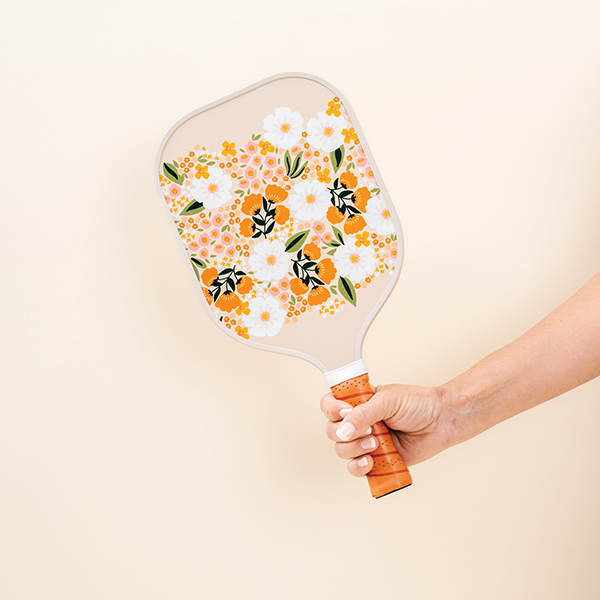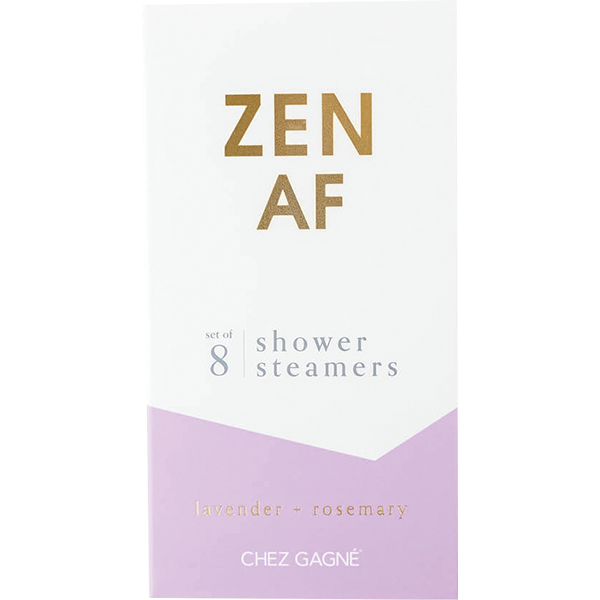Hungering For Handmade
"Made in the USA" label? It better be!
"Made in the USA" is a powerful marketing tool - powerful enough to entice manufacturers to slap a sticker on their products stating they are American-made, even if they"re not. That"s a big no-no in the view of the Federal Trade Commission, which has a detailed policy on the subject. Outside of automobiles, textiles, fur or wool products, manufacturers aren"t required to label where their products are produced. However, if they choose to promote an item as being American-made, it must be "all or virtually all" made in the U.S.
As far as handmade or handcrafted, the FTC stipulates, "It is unfair or deceptive to represent, directly or by implication, that any industry product is hand-forged, hand-engraved, hand-finished, or hand-polished, or has been otherwise hand-processed, unless the operation described was accomplished by hand labor and manually controlled methods which permit the maker to control and vary the type, amount and effect of such operation on each part of each individual product."
For more details or to report suspected fraud, visit www.ftc.gov or call 800-ITSFAKE (487-3253).
A “Made in the USA” label is a powerful marketing tool these days. Boasting an item is handmade or handcrafted, and it becomes even more attractive to the consumer.
Perception Research Services (PRS) reports upward of 80 percent of U.S. shoppers look to see where a product is made before purchasing. About three-quarters say they’re more likely to buy it if it is labeled as American-made. “Buy American,” “Shop Small” and “Buy Local” are popular slogans for good reason, as PRS’s data suggests.
With the recession of the 2000s still fresh in many people’s minds, shopping small is more about consumers wanting their disposable income to matter than it is just national or regional pride. That includes shoppers of all ages, ranging from millennials to retirees.
How vs. where
“Yes, people do look where things are made but they’d rather know who or what the products they are buying are helping,” said Tommy Brown, retail manager at the St. Louis Zoo. “This new shopper is very concerned with how the product they buy impacts the world and people around them much more than where it is made.”
How a product is made is where the growing thirst for handmade merchandise comes in. Perception is that handmade products from small, independent distributors are of higher quality, better for the environment and help the local economy.
Richele Liberto’s company, American Artisan Gifts, represents nearly two dozen makers of jewelry, pottery, glass, greeting cards and home and garden products. “More and more it is definitely becoming more popular to buy local and support jobs here in America. If more people bought products made in America we would keep more jobs here and reduce our unemployment,” Liberto said. “And working firsthand with American craftsmen, I can definitely tell you, the artists I represent take pride in their work and it is very well made. They stand behind their work.”
Another major motivator for consumers in search of handmade is the desire to own something special, something no one else has — or at least not many others have. If it’s made nearby, that’s even better, said Theresa Danneffel, buyer for the John Ball Zoo’s Gifts of the Wild store in Grand Rapids, Michigan.
“We have a lot of signage for our new Green Items in the gift shop explaining what they benefits and where they are from,” Danneffel said. “As for USA-made products, guests are not necessarily seeking out these items, but are looking for items locally made because it is something that they can’t get anywhere else. If they just want a T-shirt or plush of something standard that is sold everywhere, then they do not really care where it is from. When we highlight items that are made in Michigan or local, that really piques their attention.”
Growing demand
Consumers are requesting more made in America merchandise, and retailers are certainly taking those wants to heart.
Katherine Dikeakos, marketing manager for The Madison Park Group, a wholesaler representing numerous gift, party product and stationery lines, said: “Over the past few years we have found that the demand for made in the USA products is growing. While at trade shows it is not uncommon to work with retailers who will only purchase items that are made in America. Even those who may not exclusively purchase items made domestically will inquire about the location of production, leading us to believe that not only is it important to the retailer to purchase made in the USA products, but to their customers as well.”
Art Mandelbaum, CEO of Gratitude LLC, a sales, marketing and manufacturing organization that works with artists and designers in the gift and accessory industries, said there are more American-made and handcrafted products available these days, but also noted companies are more aggressive in promoting their products that fit those categories.
“There are more companies making product domestically either in their own factories, or by outsourcing to American manufacturers who are making the designs created by the American companies,” Mandelbaum said. “I also have seen a lot more emphasis placed on marketing and branding by American-made companies, which is capitalizing on the increased desire from the consumer to buy American. I also think there are more domestic manufacturers who are making it known to our industry that they are available to make product for the design houses.”
Dikeakos agreed: “For our product lines we definitely make sure that we’re promoting all items that are manufactured domestically — even those that have been in the collection for years, but may not have been previously advertised as such,” she said. “Additionally, we’re hearing the feedback from our customers, especially in the personal care world, that made in the USA products are often preferred, and we keep this in mind when developing and sourcing new items.”
Spending limit
While four in five shoppers might look for made in the USA products, perhaps even pay slightly more, far fewer are willing to dig deep into their pockets just to buy local. Price always has been a major factor for consumers and that isn’t changing, Mandelbaum noted.
“One important caveat with all this is the buy-American interest is always contingent on the products being price competitive with those made off-shore,” Mandelbaum said. “I have seen where there is a desire to buy American, as long as the consumer doesn’t have to pay what (they) think to be exorbitant sums for product similar to one made off-shore which is much cheaper.”
Dikeakos added: “As with everything, there is a ceiling as to how much consumers will pay for a product, however it has been our experience that customers don’t mind paying a bit more money for a high quality, domestically produced or handcrafted product. This is especially true if the product is clearly branded and marketed to promote its ‘Made in the USA’ and/or ‘handcrafted’ production process.”
Prices can vary, but in Liberto’s experience, retail rates for handmade items are becoming more and more reasonable. “There used to be a time where stores felt they couldn’t afford products made in the USA, but things are changing and that’s not the case anymore,” she said. “I just think it’s educating the storeowners that made in the USA doesn’t have mean breaking the bank.”






















